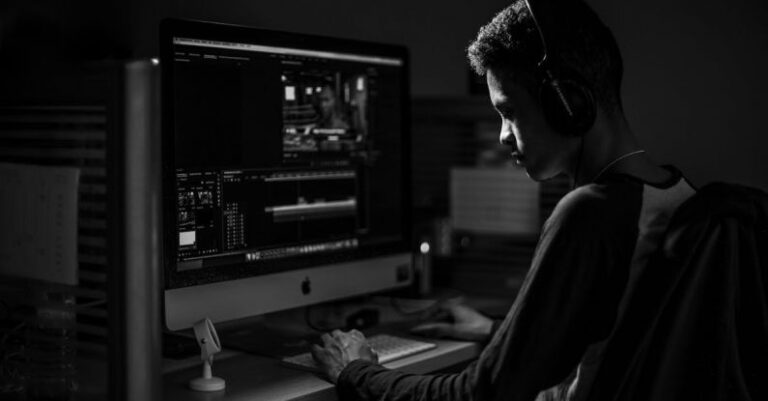
Virtual reality (VR) design is a cutting-edge field that continues to push the boundaries of technology and creativity. As more industries incorporate VR into their workflows, the demand for skilled VR designers is on the rise. If you’re interested in entering this exciting field but don’t know where to start, this guide will provide you with the essential steps to kickstart your journey in virtual reality design.
Understanding the Basics of Virtual Reality Design
Before delving into the intricacies of virtual reality design, it’s crucial to have a solid understanding of the fundamentals. Virtual reality design involves creating immersive, interactive experiences that simulate the physical world or transport users to fantastical realms. It requires a combination of technical skills, creativity, and a deep understanding of user experience (UX) principles.
Explore Virtual Reality Tools and Software
To get started with virtual reality design, familiarize yourself with the tools and software used in the industry. Unity and Unreal Engine are two popular game engines that support VR development and provide a robust set of features for creating immersive experiences. Additionally, software like Adobe XD and Sketch can help you design user interfaces and create wireframes for your VR projects.
Experiment with 3D Modeling and Animation
In virtual reality design, 3D modeling and animation play a crucial role in bringing your creations to life. Learning how to create 3D models using software like Blender or Maya will give you the necessary skills to design environments, characters, and objects for your VR projects. Understanding animation principles such as keyframing, rigging, and inverse kinematics will enable you to add movement and interactivity to your virtual reality experiences.
Focus on User Experience Design
User experience design is a cornerstone of successful virtual reality projects. As a VR designer, your goal is to create intuitive and engaging experiences that prioritize user comfort and interaction. Pay close attention to factors such as user interface design, navigation, and feedback mechanisms to ensure that your VR applications are user-friendly and immersive.
Embrace Virtual Reality Interaction Design
Interaction design is a key aspect of virtual reality design that dictates how users engage with and manipulate virtual environments. Experiment with different interaction techniques such as hand tracking, gaze-based interactions, and gesture controls to enhance the user experience in your VR projects. Consider the ergonomics of virtual reality interactions to create intuitive and seamless experiences for users.
Test and Iterate Your Virtual Reality Designs
Testing and iteration are essential components of the virtual reality design process. Conduct user testing sessions to gather feedback on your VR projects and identify areas for improvement. Iterate on your designs based on user feedback to refine the user experience and address any usability issues. By continuously testing and iterating your virtual reality designs, you can create compelling and immersive experiences that resonate with your target audience.
Stay Updated on Virtual Reality Trends and Technologies
The field of virtual reality is constantly evolving, with new technologies and trends emerging at a rapid pace. Stay informed about the latest developments in VR hardware, software, and design practices to remain competitive in the industry. Attend virtual reality conferences, workshops, and online courses to expand your knowledge and network with other professionals in the field. By staying updated on virtual reality trends and technologies, you can position yourself as a knowledgeable and skilled VR designer.
Conclusion: Start Your Virtual Reality Design Journey Today
Embarking on a career in virtual reality design can be a rewarding and fulfilling experience. By mastering the fundamentals of VR design, exploring different tools and software, and focusing on user experience and interaction design, you can create immersive and captivating virtual reality experiences. Remember to test and iterate your designs, stay updated on industry trends, and never stop learning and experimenting with new techniques. Start your virtual reality design journey today and unleash your creativity in the exciting world of VR design.





